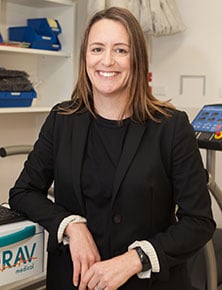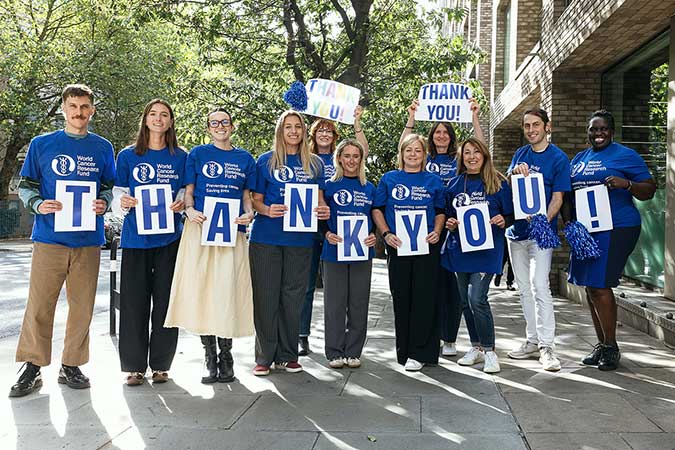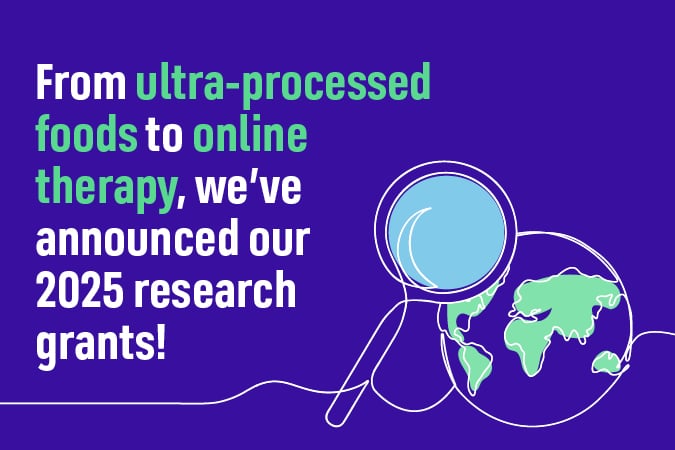Grant title
Preventing the adverse cardiometabolic consequences of allogeneic stem cell transplant with physical activity
Background
Blood cancers account for more than 10 per cent of new cancer diagnoses each year. Stem cell transplantation (SCT) involves taking cells, often from bone marrow, and putting them into the blood of a patient. This turns them into blood cells, which replace ones that are killed during chemotherapy treatment. This can be a lifesaving procedure for people with blood cancers.
However, due to extended bed rest and therapies which are toxic to the heart and muscles, individuals undergoing SCT have a five-fold increase in their risk for diabetes and cardiovascular disease (such as heart attack and stroke). Measures are urgently required to ensure that those who survive blood cancers do not die prematurely from diabetes and cardiovascular disease.
We tested the effectiveness of a novel intervention to both reduce and break up sedentary (sitting) time and increase physical activity to prevent heart and muscle damage and improve quality of life in people undergoing stem cell transplantation.
A particular novel aspect of the study is the measurement of heart function using state-of-the-art cardiac magnetic resonance imaging (MRI) during exercise; a technique which assesses aspects of heart function related closely to the ability to perform daily activities.
Aims and objectives
To determine if a physical activity intervention that includes structured exercise and sedentary behaviour reduction attenuates the cardiovascular impacts of SCT.
Methods
We randomised 68 individuals who were scheduled to receive a transplant to usual care or a physical activity intervention. The intervention included an individualised activity programme which included structured aerobic and resistance exercise as well as light activity breaks to reduce sedentary time. It was delivered in two phases – while the participant was in hospital (during and following their transplant) and for 12 weeks post-discharge. To maintain equipoise the usual care participants were visited by study personnel while in hospital.
We compared the effectiveness of the programme on measures of cardiovascular fitness (VO2peak) and exercise cardiac function (peak cardiac output). Secondary measures included quality of life, functional independence and physical activity.
Results
The intervention prevented the declines in VO2peak that were observed in the usual care group, resulting in ~12% difference at the final follow-up visit. The intervention also maintained exercise cardiac function, which decreased by 8% in the usual care group. While physical activity levels were also higher at follow-up in the intervention group, quality of life was similar throughout the observation period.
Conclusion
We conclude that the activity intervention used in this study is effective in preventing the large declines in cardiovascular health that occur following a stem cell transplant. These beneficial effects will likely have important implications for long-term cardiovascular disease risk for survivors.
Impact
This study is the first randomised controlled trial to address both exercise and sedentary behaviour for cardiovascular risk reduction in patients undergoing allogeneic stem cell transplantation. The results enhance the scientific evidence base and support the integration of exercise interventions as a therapy in standard cancer care practices.
Grant publications
- Brosnan, Michael, et al. “Preventing Allogeneic Stem Cell Transplant–Related Cardiovascular Dysfunction: ALLO-Active Trial.” Circulation, 2024, www.ahajournals.org/doi/10.1161/CIRCULATIONAHA.124.070709.
- La Gerche, Andre, et al. “Traditional markers of cardiac toxicity fail to detect marked reductions in cardiorespiratory fitness among cancer patients undergoing anti-cancer treatment.” European Heart Journal – Cardiovascular Imaging, vol. 22, no. 4, 2021, pp. 451–459, academic.oup.com/ehjcimaging/article/22/4/451.



